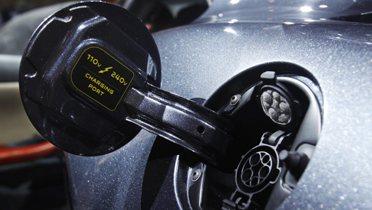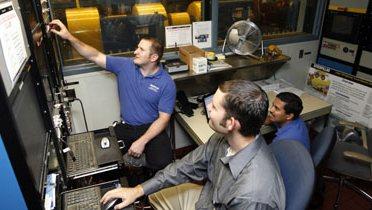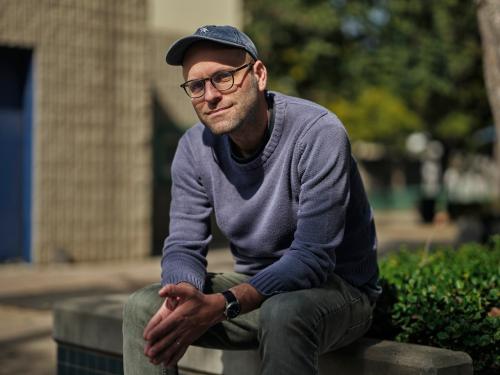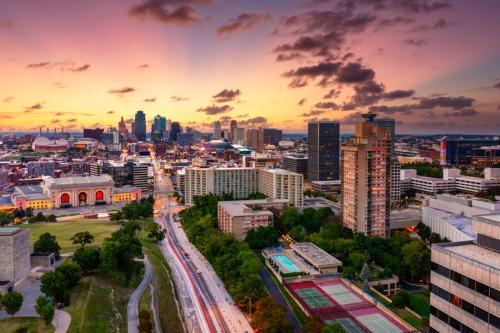I posted earlier about Joe Cortright’s interesting work describing the size, structure, and dynamics of Portland, Ore.’s athletic and outdoor cluster—firms that design, develop, manufacture, market, distribute, and sell apparel, footwear, and gear for active outdoor recreation. (Think Nike). Joe’s work shows that far from a crunchy West Coast niche activity the so-called “A&O” cluster now consists of more than 300 firms with a payroll, and employs more than 14,000 Oregonians, at an average wage of more than $80,000 annually.
All together, it’s a great example of how the best sort of economic development eschews chasing after firm relocations and other silver bullets and instead concentrates on “organic” growth that arises from local distinctiveness—in this case Oregon’s outdoorsy culture and penchant for a “hybrid lifestyle” that blends work and play.
But the A&O cluster is also an interesting case study in cluster morphology and dynamics. Check out this cool genealogy map developed by sometime Metro Program author Heike Mayer of the University of Bern, for example. Meyer’s info-graphic shows well how the A&O cluster has grown over time and now epitomizes the frequent structure of highly dynamic clusters, which often find a small number of large foundation firms (in this case Nike, Adidas, and Columbia Sportswear) surrounded by a cloud of scores of smaller, more entrepreneurial firms. In Portland, hundreds of these small and sometimes tiny firms are now proliferating—driving growth, developing their own niches, and providing services to the bigs and larger new firms. And now critical mass is attracting businesses from elsewhere, including China, New Zealand, and Britain. In that sense, Mayer’s graphic is a picture of economic development done right.






Commentary
This Is What a Cluster Looks Like
November 29, 2010